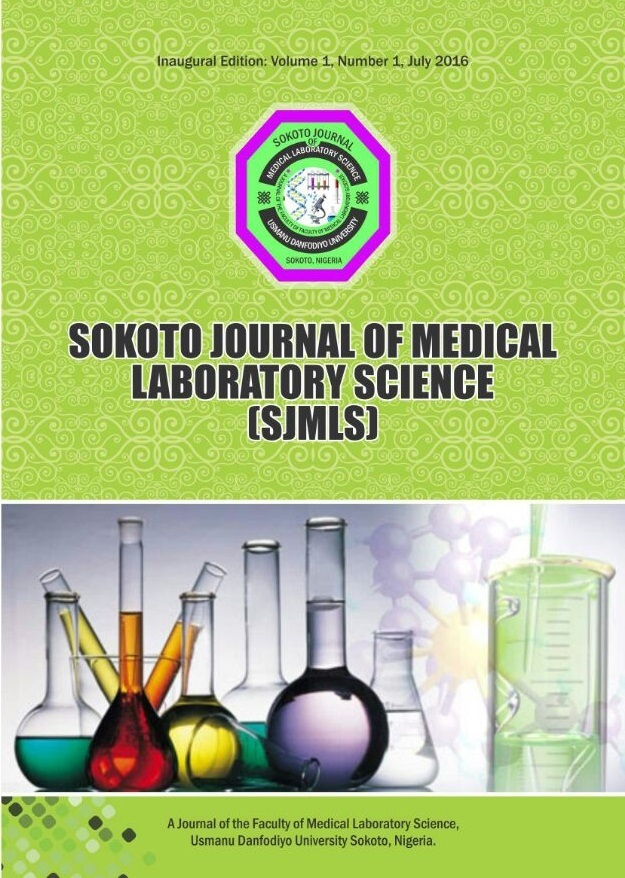Comparative Performance Evaluation of Symptomology, Point-of-Care Test and Microscopy in the Diagnosis of Malaria on Suspected Malaria Cases in Katsina, Nigeria
Keywords:
Falciparum, Microscopy, Malaria, prevalence, PfHRP-2 RDT, NigeriaAbstract
Malaria is the most dominant cause of human morbidity and mortality with huge medical, psychological and economic impact in Nigeria. Prompt and accurate diagnosis is one of the key components in the control of malaria disease. In Katsina State, clinical (symptomatic) diagnosis and Pf HRP-2 RDT are the two main methods routinely used for the diagnosis of malaria. Only tertiary, secondary and few primary hospitals employ microscopy in malaria diagnosis. This study was done to assess the performance of the clinical diagnosis, SD-BioLine (PfHRP-2) rapid diagnostic tests (RDTs) and Microscopy in the diagnosis of Malaria disease in Katsina State. In this cross-sectional study, involving three hospitals, blood samples of 400 clinically suspected malaria patients were tested for malaria using microscopy with Giemsa-stained films and Rapid Diagnostic Test (RDT), using SD Bioline Pf HRP-2 kit. Malaria prevalence using microscopy was 29.8% (119/400). Pf HRP-2 RDT recorded lower sensitivity with a parasite prevalence of 23.8% (95/400). PfHRP-2 RDT was able to identify only patients infected with P. falciparum in comparison to microscopy that detected a prevalence of 6% of malaria infections other than P. falciparum. The research indicated that clinical diagnosis in Katsina state is not very effective in malaria treatment. PfHRP-2 RDT is not an ideal test kit, as there exist, other Plasmodium species, in Katsina State that can equally cause malaria infection.




